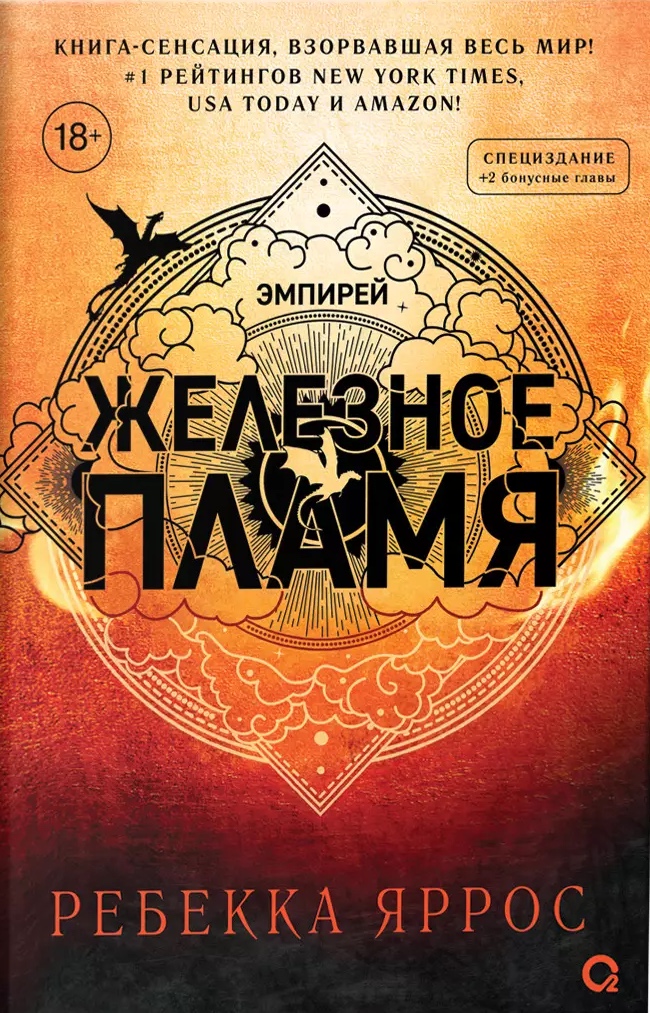Italian Fairy Tales
Luigi Capuana (1839–1915) was an Italian writer, storyteller, critic, and journalist, one of the founders of the literary movement known as verismo in Italy. Capuana was born in Southern Italy and was the eldest child in a family of wealthy...
landowners. The boy spent his childhood in the countryside, where he became acquainted with Sicilian folklore; the tales and legends he heard later influenced all his literary work. Luigi's education was overseen by a private tutor, and his uncle, Canon Giuseppe Capuana, also had a certain influence on the boy. Luigi's first writings were spiritual songs in the Sicilian language. In 1851, young Capuana entered the prestigious Royal College in Bronte. There, he developed a special interest in Italian literature and wrote his first sonnet. In 1857, he was forced, at the insistence of his uncle Antonio Capuana, to enroll in the law department of a secular gymnasium in Catania. However, Luigi could not abandon his creative pursuits: during his studies, he met literary figures and wrote his first dramatic works.
Luigi’s literary debut took place in 1861 when he published his poem. A little later, Luigi moved to Florence — the intellectual and cultural center of Italy at that time. Here, the young man entered the circle of local creative intelligentsia; he debuted as a theater critic and published his first prose work. Several years later, Capuana moved to Milan and devoted himself entirely to literature. The versatile writer produced not only novellas, poems, plays, and articles but also fairy tales. Capuana, who grew up in the rich soil of Italian folklore, had a special love for fairy tales. Refining his writing skills, he created numerous original fairy tales. They formed a whole collection and took a worthy place among the classics of Italian literature. This edition features his magical stories about kind fairies and majestic kings, terrifying cannibals, and fearsome robbers. Their translation into Russian, edited by the writer, playwright, and publicist Maxim Gorky (1868–1936), was done by actress and translator Maria Andreeva (1868–1953).
The charm and beauty of the tales of the Italian classic in this edition are conveyed through the illustrations of Italian artist Eugenio Checconi (1842–1903), Italian illustrator and caricaturist Enrico Mazzanti (1850–1910), and also Russian artist, teacher, and poster artist Konstantin Spassky (1873–1924).
Author: Луиджи Капуана
Printhouse: SZKEO
Series: БМЛ
Year of publication: 2024
ISBN: 9785960310840
Number of pages: 136
Size: 180x250x20 mm
Cover type: hard
Weight: 300 g
Delivery methods
Choose the appropriate delivery method
Pick up yourself from the shop
0.00 £
Courier delivery

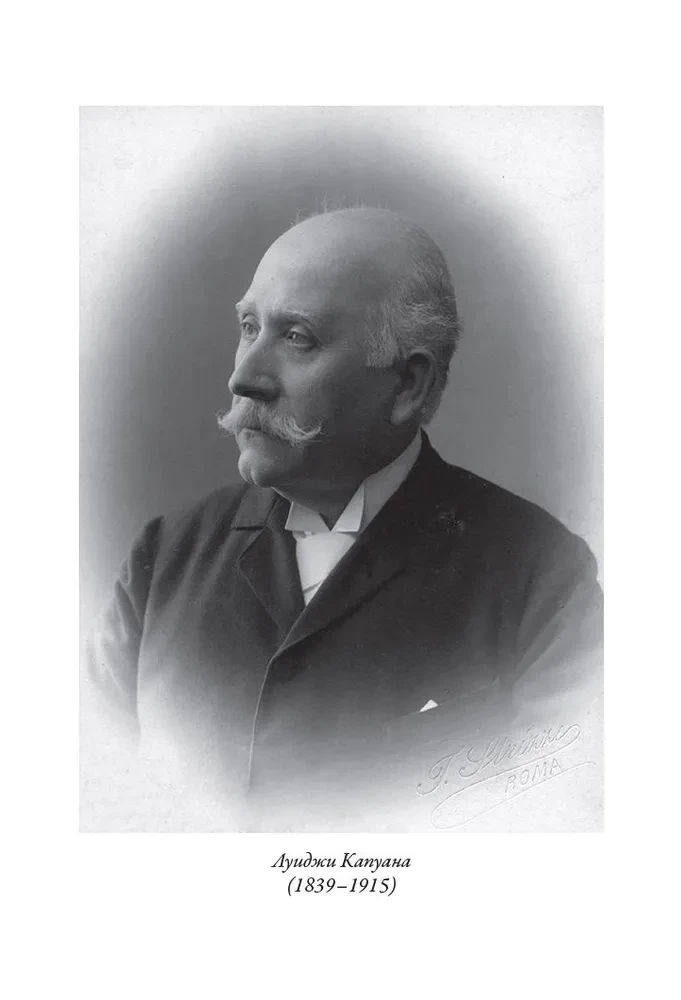
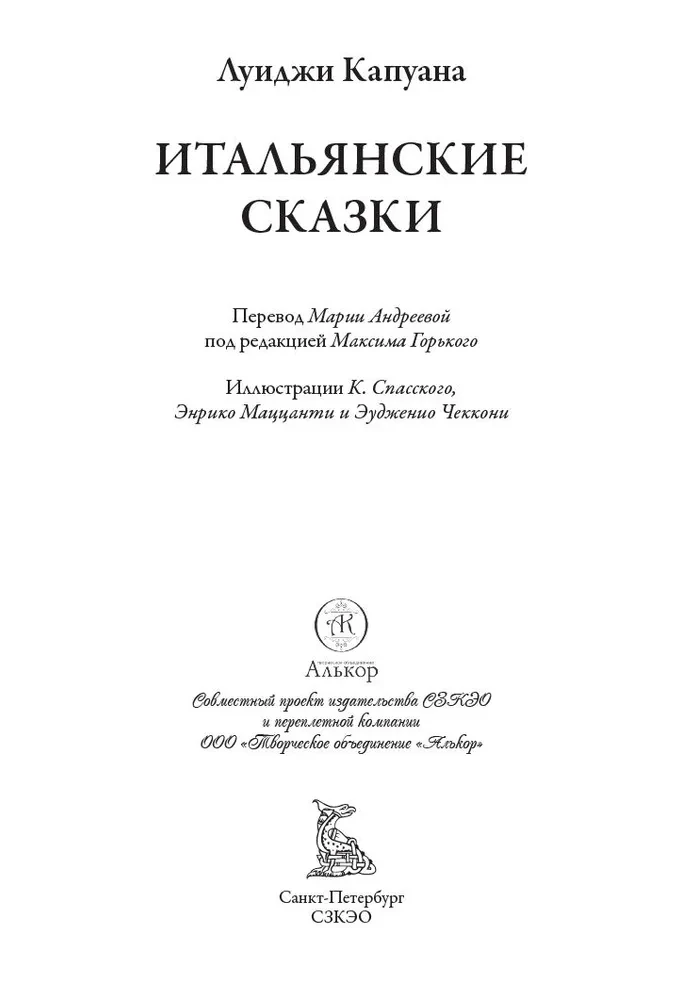
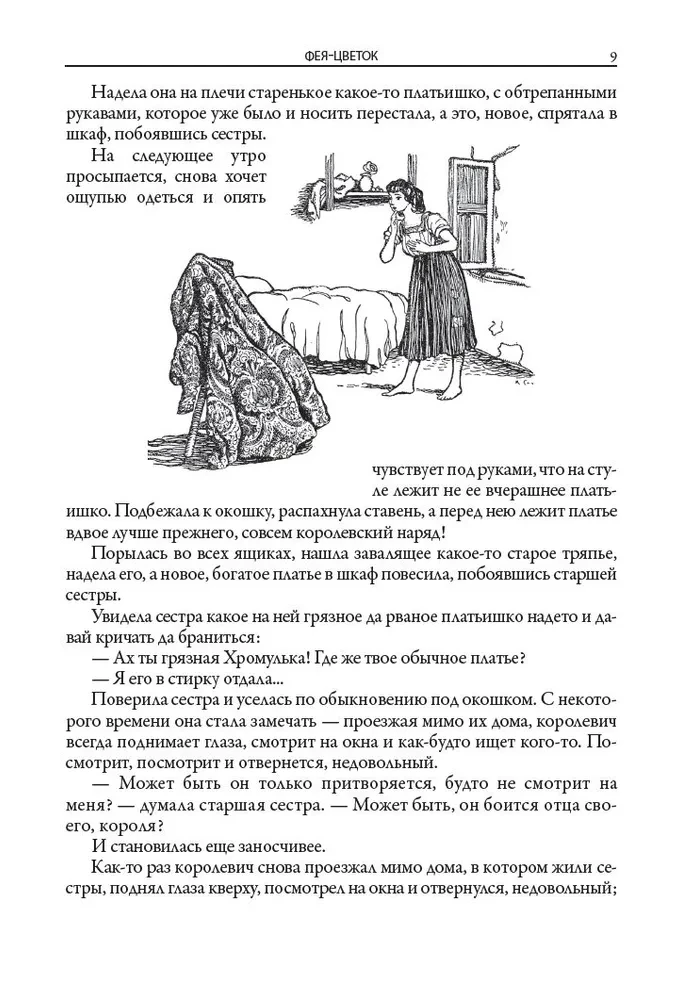
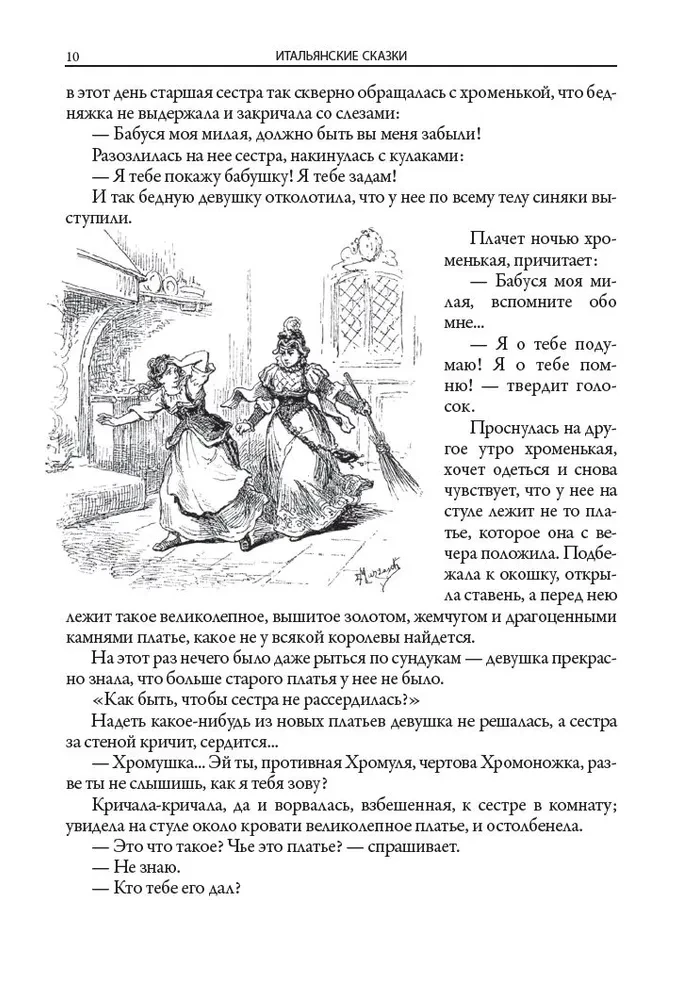
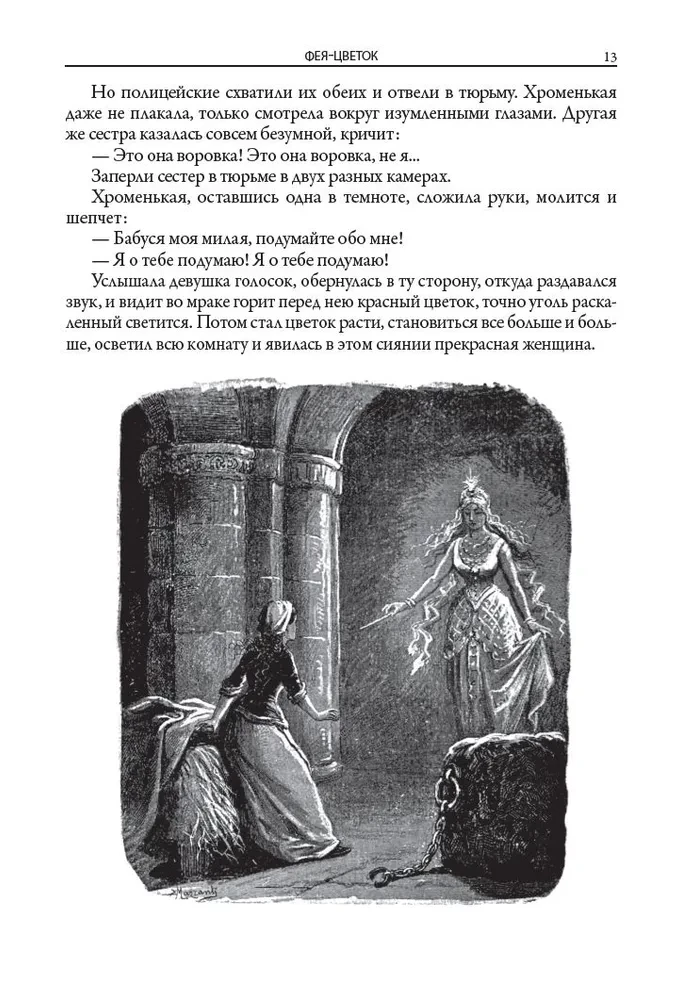
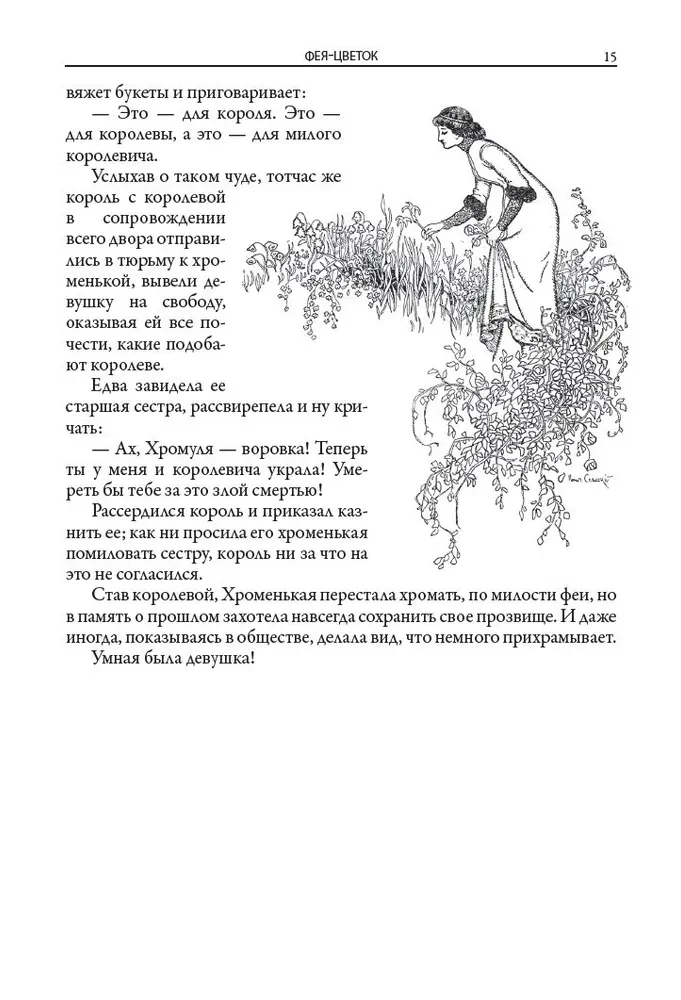
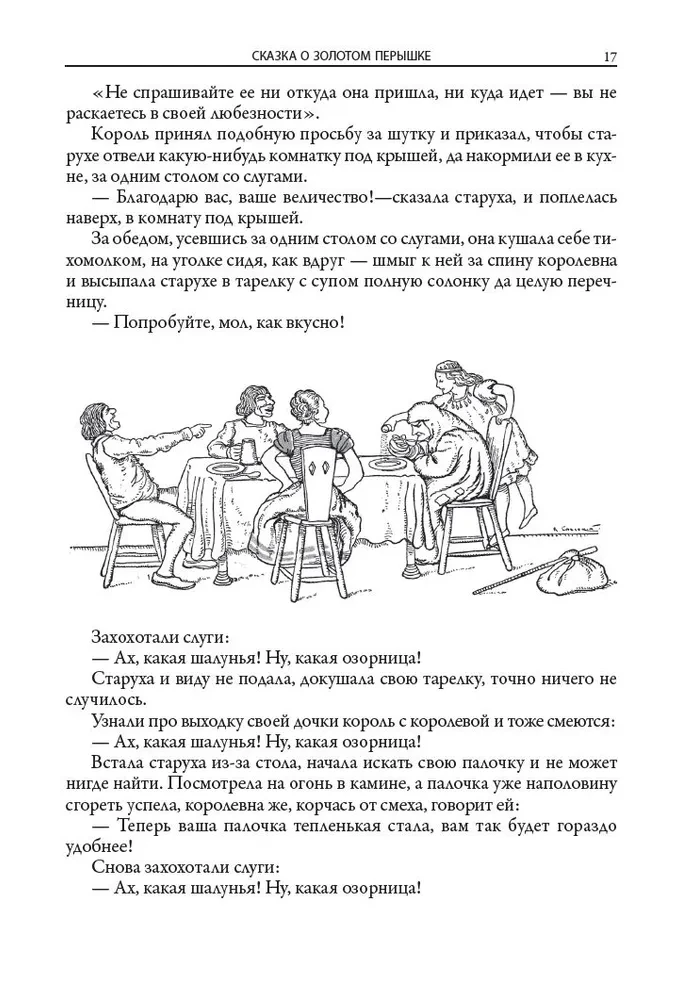
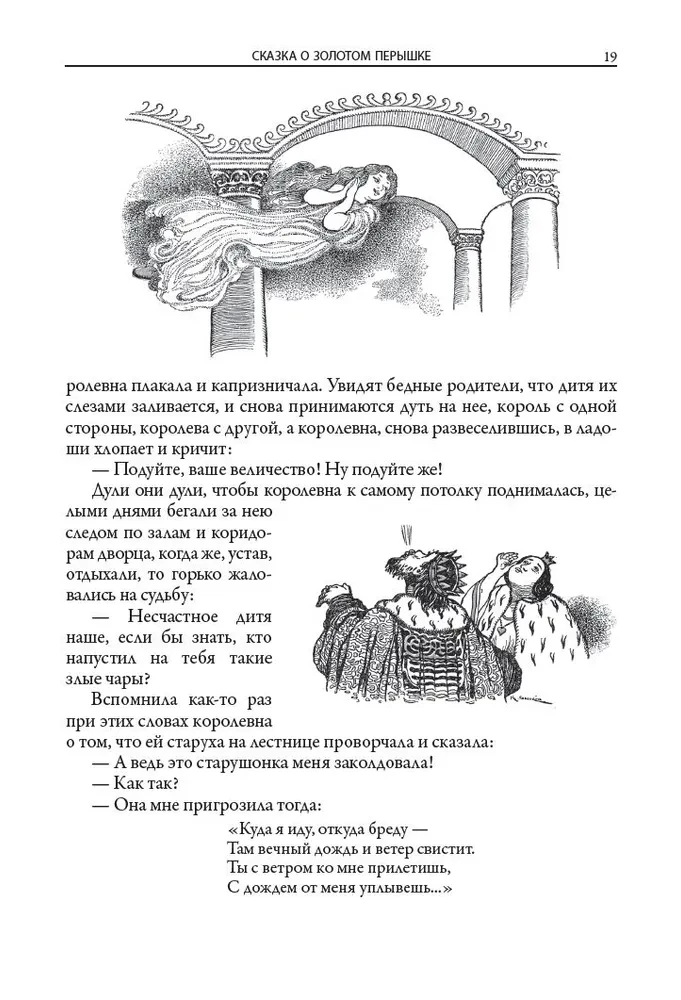


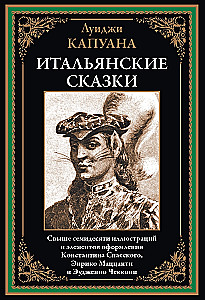
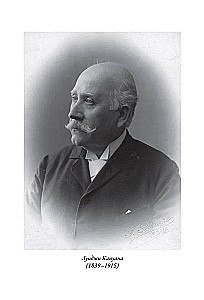
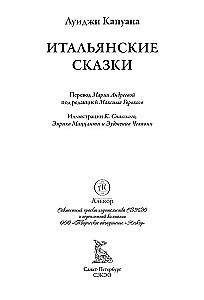
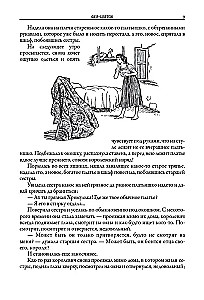
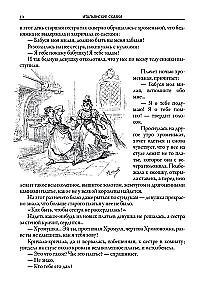
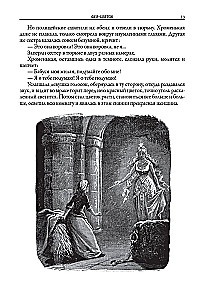

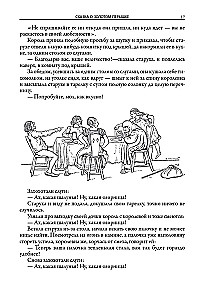

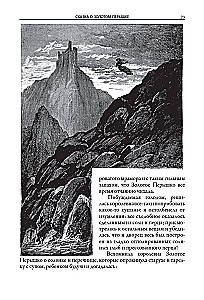
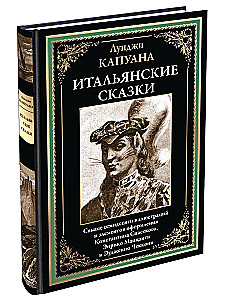
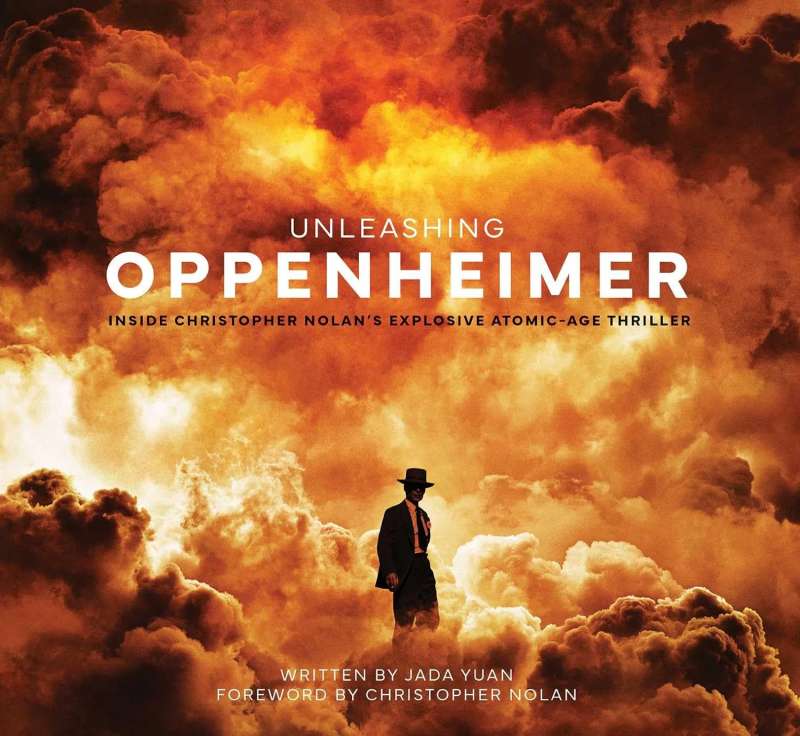
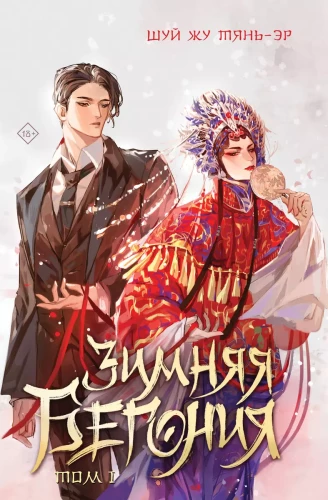
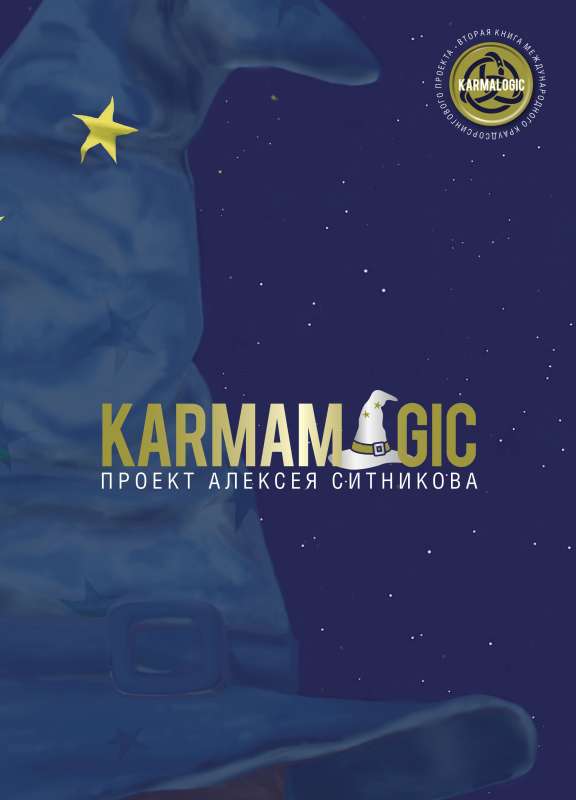


-medium.webp)


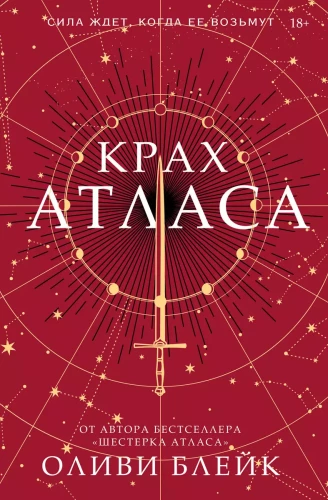
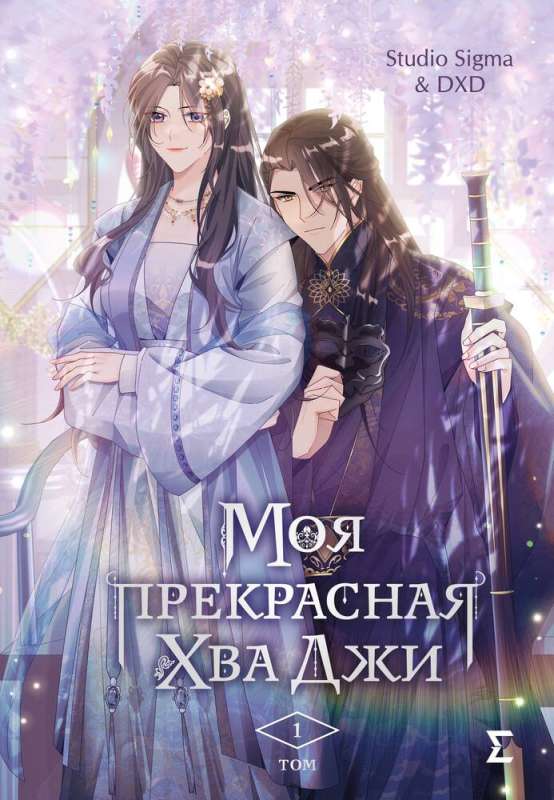
-medium.webp)
